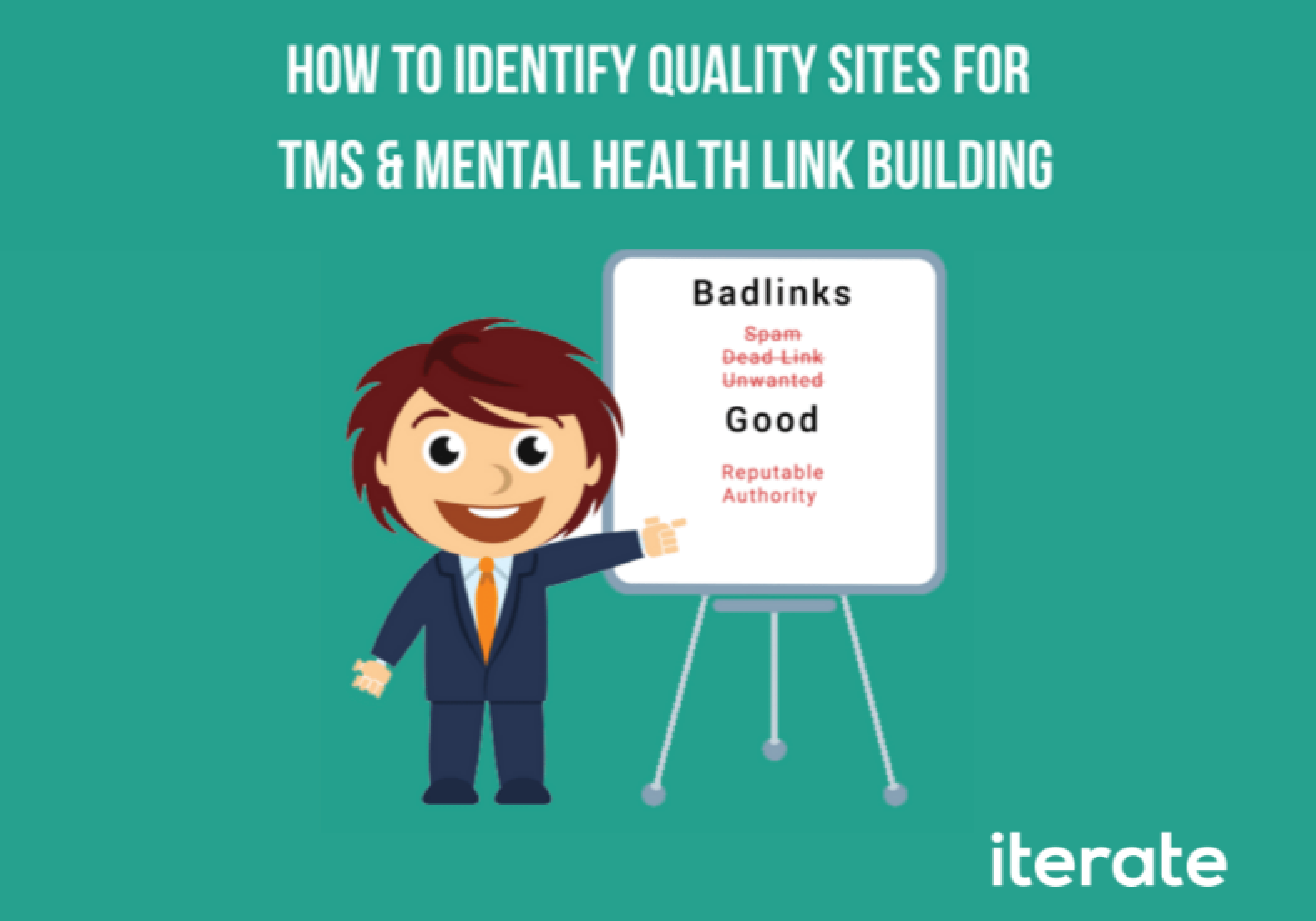It’s the moment everyone in marketing dreads: Your boss calls you into their office, looks at you across the desk and asks a terrifying 5-word question:
“So… How are we doing?”
Stop.
Breathe.
Think.
Are you defending your own work or are you trying to help the business? There’s a big difference.
It’s tempting to go into defensive mode when you’re explaining (or justifying) your work. It’s tempting to try to outwit your boss or your client, to confuse or overwhelm them with jargon and statistics in the hope that they’ll “just trust you” and move on. Does your internal dialogue ever sound like this?
“This is why my work matters.”
“This is what they should think about.”
“This is why they should care.”
“This is why they shouldn’t fire me.”
Being in a defensive position is never good. It pits you “against” rather than with. It can make you desperate – and desperate people do crazy things.
In my experience, the key to great relationships with clients and bosses is empathy. Try to see the world from their point of view. How can you help them? When they ask probing questions, what are they really looking for?
Knowing who you’re talking to is as important as hearing the message being sent. There are three types of business people you’ll encounter in this world: Why People, What People, and How People. All three types exist in your organization. The roles they play in the business define their identity. Know who they are, how they operate, and how you can send messages that appeal to them part of your role, regardless of what “type” you are.
“Why” People

Why People are your C-Suite contacts, business owners and other non-marketing executives. They are the CEOs, the CFOs, the COOs, the small business owner, the VP of Sales and the Director of Business Development. They don’t much care what you do or how you do it. They really don’t. Even if they did, they probably wouldn’t (or shouldn’t) put in the time to understand it. All they care about is ROI.
Your task is to convince these people why the work you’re doing is important. Why does an Instagram following matter? Not just in a “social following,” and “social engagement,” sound-byte sense, but how does Instagram contribute to the company’s bottom line? Why, in a world of a million marketing channels and tactics should the channel you’re optimizing matter? What will your work achieve for their business? That’s the Why. Have answers for these broad, seemingly existential questions before you talk to them. Also:
Why Tip #1: Speak In Their Terms. That might mean using terms and phrases like “resource allocation,” “quarter-on-quarter,” “ROI,” and “operational capacity.” More importantly, remember to speak simply and directly.
Why Tip #2: Be Future Oriented. Why People don’t care what you learned. They care about the past only in terms of trends. What are you doing today and how will that impact the future? Pitch your vision of a brighter future. Why People didn’t ascend to the top of organizations by using words like “impossible.”
Why Tip #3: Be Serious. Jokes are usually off-topic and always risky. Stay on topic and be professional. Never lampoon or joke about the company mission or company values as you discuss marketing. They may be living and breathing the words that ring hollow and “corporate-y” to you.
“What” People

What People are your VPs of Marketing, Marketing Directors, and Marketing Managers. They understand why you’re doing the work you’re doing, they believe in the importance of it, but they need to know what they should be doing, and how that work fits into their existing strategy and plans.
You’ve shifted media budget to Facebook Dark Posts? They want to know how that work coordinates with their organic social media efforts. What People need to be clued to into the marketing tactics you’re pursuing. For example, I’m not a technical SEO, but I know just how important it is. You don’t need to convince me “why” technical items need to be pushed through our development team, you need to tell me “what” needs to get accomplished. If I trust you, you can send the “How” to someone else. Also:
What Tip #1: Provide Solutions. What is your solution to their problem? Tactically, what should they be doing? Marketing executives are expected to understand a wider array of platforms, channels, and tactics. They don’t need the nitty gritty details, but they need to have the answers.
What Tip #2: Be Decisive. What People are paid to make swift marketing decisions and live with the consequences. They are killing uncertainty and indecision. They’ll get to the C-Suite when they can do this very well. Don’t fabricate or bullshit if you don’t have a good answer, but don’t be indecisive.
What Tip #3: Use Status Updates. What’s our status on x? What People, like Why People, need to move fast. They need to know what’s going on in their marketing department at all times, and they want short, informative updates – and frequently. The more you keep them in the loop, the more likely they’ll be to keep your seat at the table.
“How” People

“How” people are your Marketing Coordinators, Social Media Managers, in-house SEOs, and all of the hands-on tactical players in the marketing puzzle. They can be found at all different stages in their careers. They can be interns or entry-level associates or they can be senior contributors. They specialize in specific areas and they’re very often siloed from other parts of the organization. Your task is to show them how things should be done.
How Tip #1: “Because…” Always explain your rationale behind a particular solution – “we want x done because y.” In many cases, your ask can feel like an expansion of job scope. Be respectful of their time and they’ll get things done for you.
How Tip #2: Instruct With Analogies. How People sometimes have deep insight into various niches. Sometimes they have shallow knowledge across many disciplines. Understand what their core competencies are, and when explaining tasks and projects try to relate concepts using analogies they can relate to.
How Tip #3: Stick to the Process. Process rules in business. How People need to know exactly how to go about providing a business solution. You don’t need to dictate the How, but you’ll likely need to negotiate a process to ensure it gets done the right way.
To be effective you must earn the trust and respect of people.
Much of how people operate is dictated by the structure around them. Their organizational structure and their boss(es) determines how much autonomy they have, what their key performance indicators are, what their incentives are at work, and much more. Just understanding organizational structure can give you insight into how to interact with a Why, What or How person.
Ultimately, to be effective you must earn the trust and respect of people. After that, knowing who is a What person, who is a Why person, and who is a How person can help you facilitate more effective conversations. At the end of the day, remember that all of this is just marketing. You’re marketing to an audience of one.






